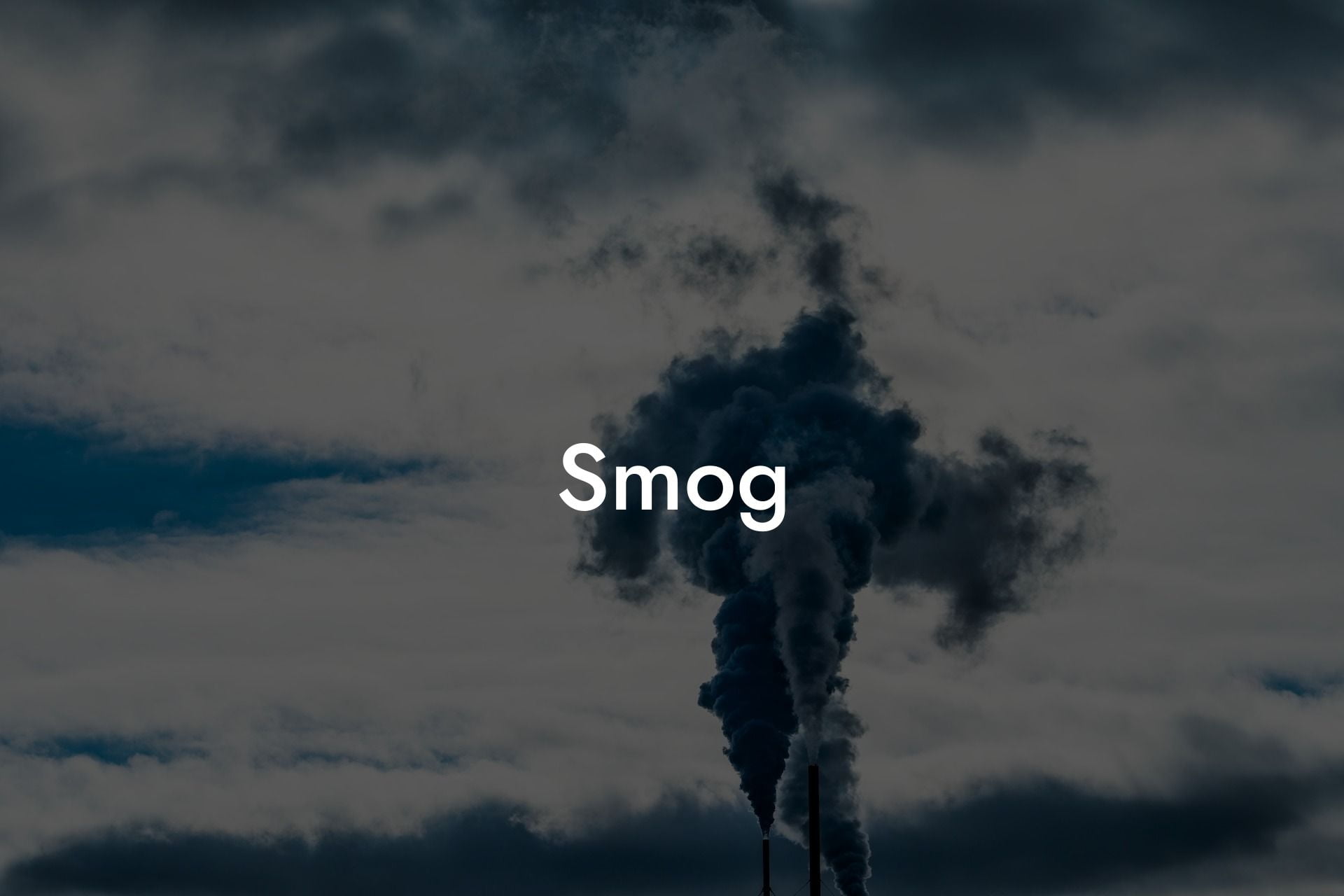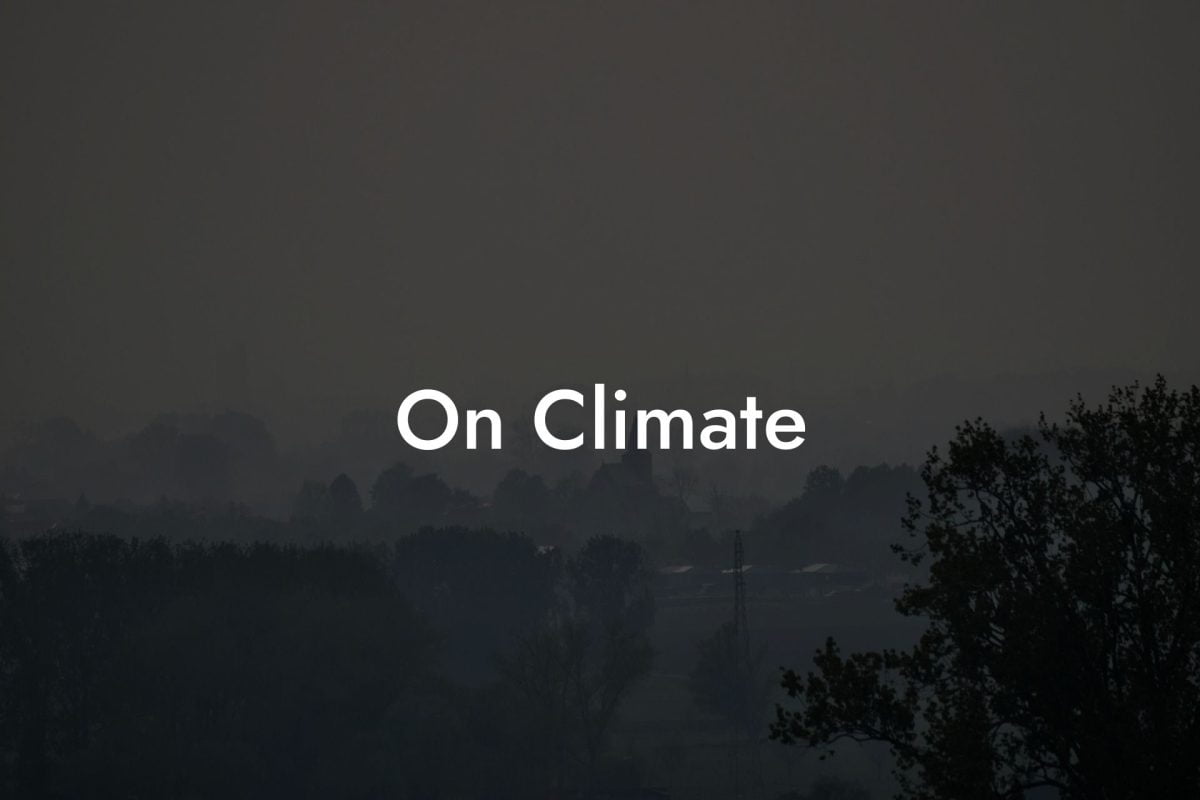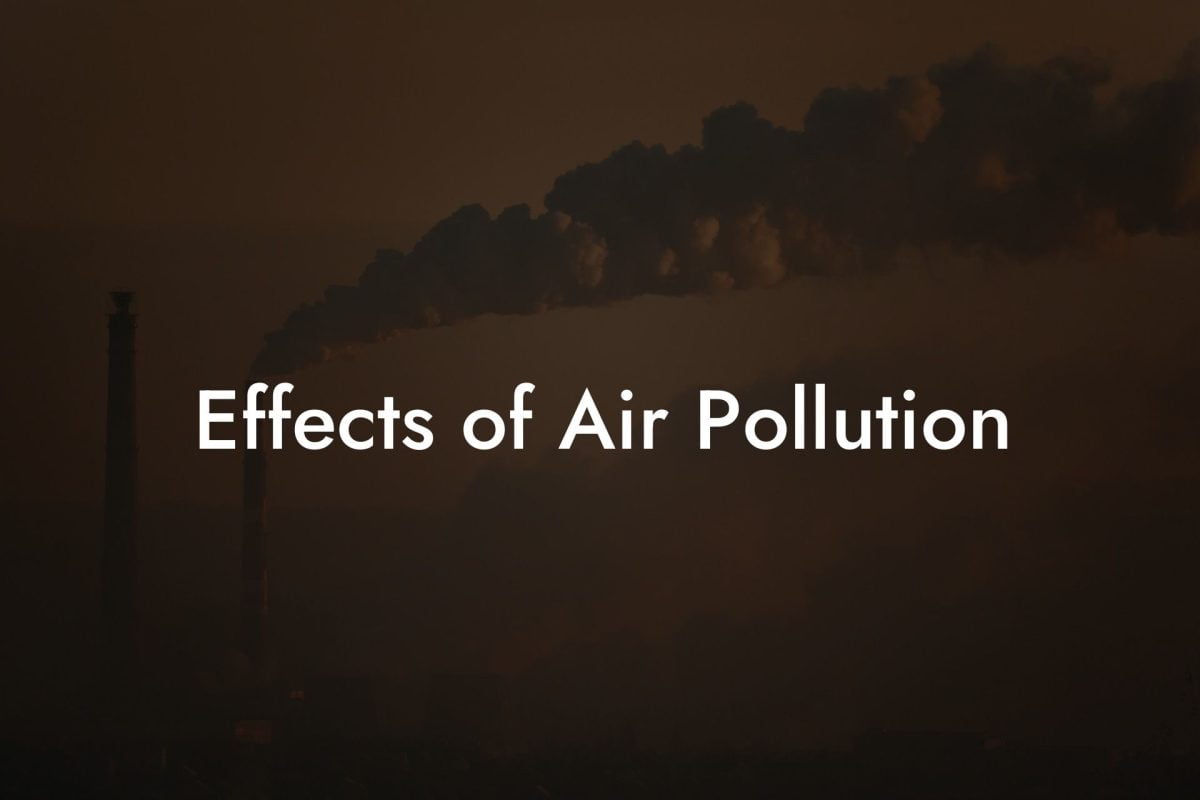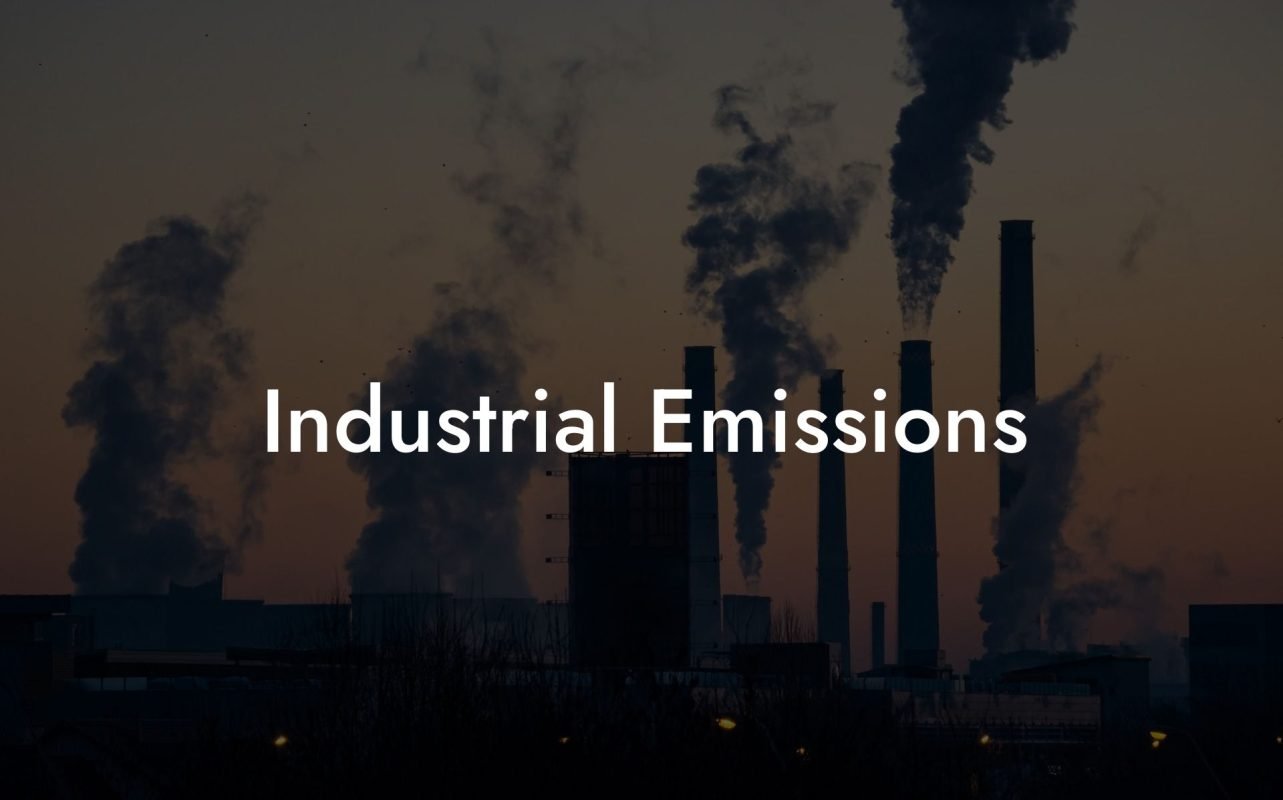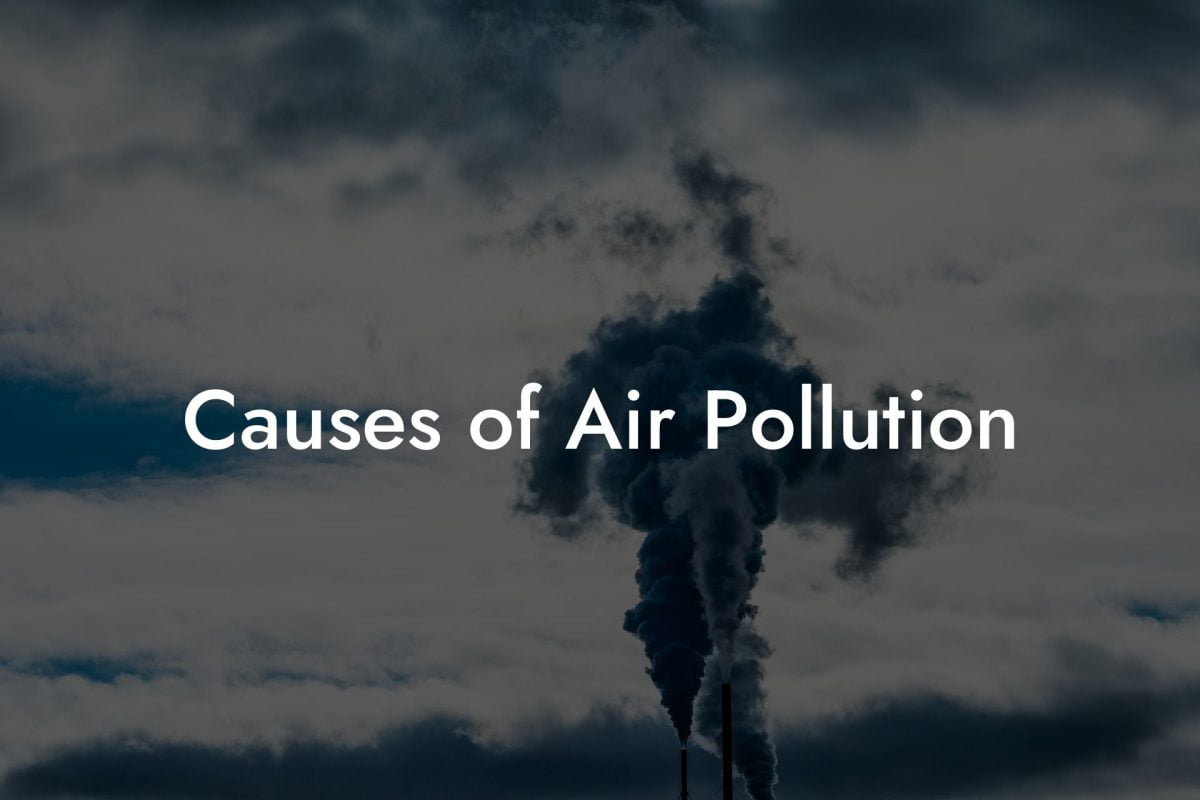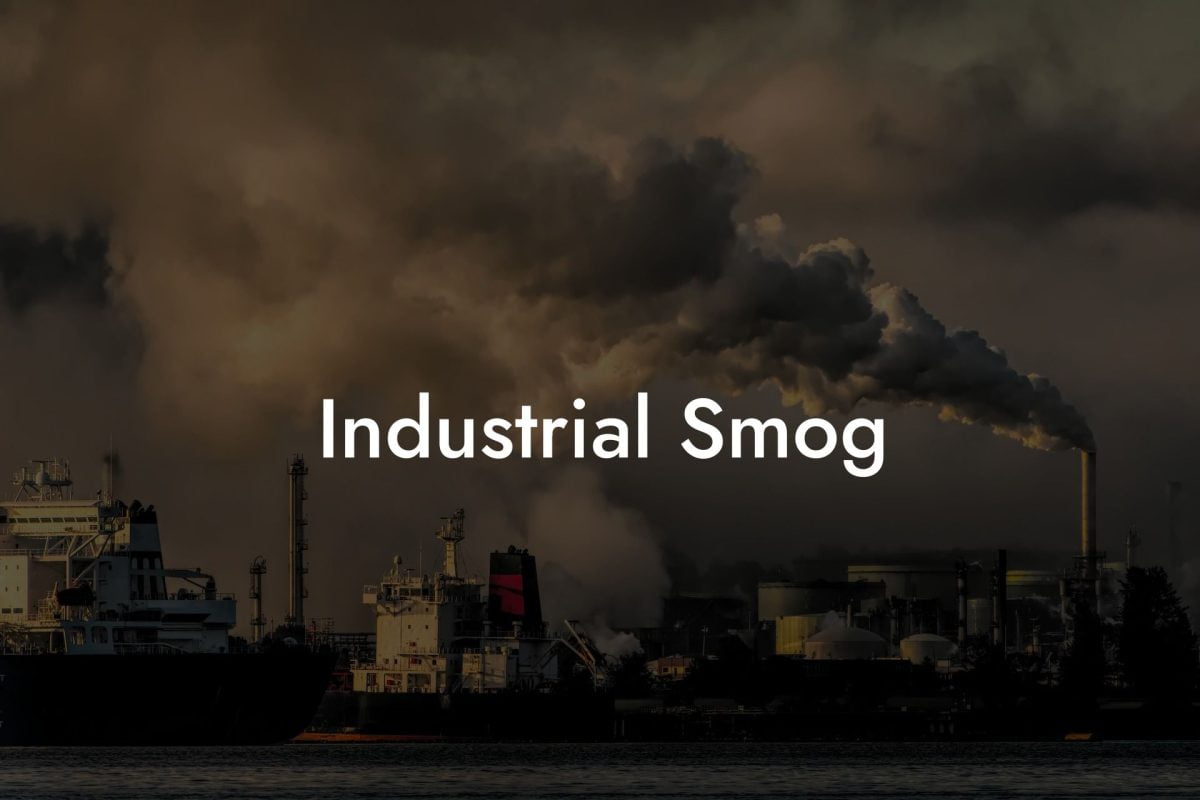Introduction to Smog
Smog, a type of intense air pollution, is a pressing environmental challenge in urban areas worldwide. It's a mixture of smoke, dust, and other particulates combined with fog, creating a thick, hazy layer in the atmosphere.
What is Smog?
The term "smog" originally referred to a mixture of smoke and fog. Today, it generally denotes a form of air pollution, primarily composed of ground-level ozone and fine particulates, prevalent in large cities.
Types of Smog
Typically found in industrial areas, this type of smog results from burning coal and contains sulfur dioxide and soot.
More common in modern urban environments, this smog results from the reaction between sunlight and emissions from vehicles and industries, creating a harmful mix of pollutants.
Causes of Smog
Vehicle Emissions
The primary source of smog in urban areas is vehicle emissions, which release a variety of pollutants including nitrogen oxides and volatile organic compounds (VOCs).
Industrial Emissions
Factories and power plants emit large quantities of pollutants, contributing significantly to smog formation.
Natural Factors
Geographical and meteorological factors, such as temperature inversions, can trap pollutants near the ground, exacerbating smog conditions.
Health Impacts of Smog
Respiratory Issues
Smog can irritate the respiratory system, leading to coughing, throat irritation, and worsening asthma symptoms.
Cardiovascular Health
Long-term exposure to smog has been linked to increased risk of heart disease and other cardiovascular problems.
Vulnerable Groups
Children, the elderly, and people with pre-existing health conditions are more susceptible to the harmful effects of smog.
Environmental Effects of Smog
Visibility Reduction
Smog significantly reduces visibility, impacting driving safety and the aesthetics of the environment.
Harm to Wildlife
The pollutants in smog can also harm animal and plant life, affecting biodiversity and ecosystem health.
Monitoring and Managing Smog
Air quality monitoring stations play a vital role in tracking smog levels and informing pollution control strategies.
Smog Alerts
Many cities issue smog alerts when pollution levels are high, advising residents to limit outdoor activities.
Strategies to Combat Smog
Emission Reduction
Reducing emissions from vehicles and industries is crucial in controlling smog formation.
Renewable Energy
Transitioning to renewable energy sources can significantly decrease the pollutants responsible for smog.
Public Awareness
Educating the public about smog and its effects, along with promoting changes in behavior, is key to tackling this issue.
UK Air Pollution: Your Smog Data Resource
Comprehensive Smog Information
UK Air Pollution offers an extensive database on smog and related pollutants for all UK locations and postcodes. This makes it an essential tool for understanding smog patterns and impacts.
Why UK Air Pollution?
Our platform is the perfect blend of professionalism, energy, and informative content. Whether you're involved in research, environmental policy, or simply seeking to understand air quality, UK Air Pollution is your go-to source for detailed smog information.
Enhance Your Environmental Impact
With UK Air Pollution, gain comprehensive insights into smog pollution, enhancing the quality and scope of your projects, services, and research endeavors.
Frequently Asked Questions
What is Smog?
Smog is a type of air pollution characterized by a mixture of smoke and fog. It's a visible form of air pollution that often appears as a thick haze in the atmosphere, particularly over urban areas.
How is Smog Formed?
Smog is formed by the reaction of sunlight with pollutants like nitrogen oxides (NOx) and volatile organic compounds (VOCs) in the atmosphere. These reactions lead to the creation of ground-level ozone and particulate matter, key components of smog.
What are the Main Types of Smog?
There are two main types of smog: photochemical smog, which is caused by the action of sunlight on pollutants, and sulfurous smog, also known as "London smog," which is caused by high concentrations of sulfur oxides and particulate matter.
What Causes Photochemical Smog?
Photochemical smog, also known as "Los Angeles smog," is caused primarily by the emission of VOCs and NOx from vehicles, industrial facilities, and other sources. Sunlight triggers chemical reactions that produce this type of smog.
What Are the Major Sources of Smog-Forming Pollutants?
The major sources include motor vehicle emissions, industrial emissions, power plants, chemical solvents, and natural sources such as wildfires.
How Does Smog Affect Human Health?
Smog can cause or aggravate respiratory problems like asthma, bronchitis, and emphysema. It can also irritate the eyes, nose, and throat, and reduce lung function, particularly in children and the elderly.
Can Smog Affect the Environment?
Yes, smog can have detrimental effects on the environment. It can damage crops, forests, and other vegetation, and harm wildlife. Smog can also reduce visibility, affecting both natural beauty and transportation safety.
How Can We Protect Ourselves from Smog?
To protect yourself from smog, limit outdoor activities when smog levels are high, stay indoors with windows and doors closed, use air purifiers, and wear masks if necessary, especially if you have respiratory problems.
What is Ground-Level Ozone?
Ground-level ozone is a major component of smog, formed when NOx and VOCs react in the presence of sunlight. Unlike stratospheric ozone, which protects us from harmful UV radiation, ground-level ozone is harmful to breathe.
How is Smog Measured?
Smog is measured using the Air Quality Index (AQI), which provides a daily forecast of air pollution levels. The AQI measures various pollutants, including ground-level ozone and particulate matter.
What is the Air Quality Index (AQI)?
The AQI is a scale used to report daily air quality. It indicates how polluted the air is and what associated health effects might be a concern for the general public. It ranges from 0 to 500, where higher values represent worse air quality.
Can Smog Lead to Acid Rain?
Yes, some components of smog, particularly sulfur dioxide and nitrogen oxides, can combine with moisture in the atmosphere to form acid rain, which can harm ecosystems and man-made structures.
How Does Weather Affect Smog?
Weather plays a significant role in smog formation and dispersal. Hot, sunny days are more likely to produce photochemical smog, while calm, windless conditions can lead to smog accumulation.
What Are Inversions and How Do They Affect Smog?
An inversion occurs when a layer of warm air traps pollutants, including smog, near the ground. This prevents the smog from dispersing, leading to higher concentrations and more severe pollution events.
How Does Smog Affect Children and the Elderly?
Children and the elderly are more vulnerable to the harmful effects of smog. They are at a higher risk of developing respiratory issues and may experience more severe symptoms if they already suffer from respiratory conditions.
What Steps Can Urban Areas Take to Reduce Smog?
Urban areas can reduce smog by promoting public transportation, carpooling, cycling, and walking; implementing stricter emissions standards for vehicles and industries; and encouraging the use of clean energy sources.
Are Electric Vehicles Effective in Reducing Sm
og? Yes, electric vehicles (EVs) can significantly reduce smog as they emit no tailpipe pollutants. Transitioning to EVs, especially in urban areas, can greatly decrease the primary contributors to smog formation.
How Can Individuals Help Reduce Smog?
Individuals can help by using public transportation, carpooling, biking, or walking instead of driving; conserving energy at home and work; using electric or low-emission vehicles; and supporting policies aimed at reducing air pollution.
What Are the Long-Term Health Effects of Smog Exposure?
Long-term exposure to smog can lead to chronic respiratory diseases, heart disease, lung cancer, and can aggravate pre-existing lung and heart conditions. It can also lead to a shortened lifespan.
Can Smog Affect Mental Health?
Emerging research suggests that prolonged exposure to smog and air pollution can have negative impacts on mental health, including increased risks of depression and anxiety.
How Does Smog Affect Visibility?
Smog can significantly reduce visibility, leading to hazardous driving conditions and affecting scenic views. This reduction in visibility is primarily due to the particulate matter in the smog.
What Role Do Trees and Plants Play in Reducing Smog?
Trees and plants can absorb pollutants and help improve air quality. Urban green spaces and proper landscaping can play a role in reducing the impact of smog.
How Do Wind and Rain Affect Smog Levels?
Wind can help disperse smog, reducing its concentration. Rain can wash away smog particles, leading to clearer air. However, rain can also contribute to the formation of acid rain from smog pollutants.
Can Indoor Air Be Affected by Smog?
Yes, smog can infiltrate indoors, especially if windows and doors are left open during high smog days. This can lead to indoor air quality issues, especially in poorly ventilated spaces.
What Is the Global Impact of Smog?
Smog is a global issue, affecting urban areas worldwide. It's a particular concern in rapidly industrializing countries with growing urban populations and increasing vehicle use.
How Is Smog Linked to Climate Change?
Some components of smog, such as ozone and particulate matter, are also greenhouse gases or have a greenhouse effect, contributing to climate change. Furthermore, climate change can exacerbate smog formation.
What Is the Future Outlook for Smog Pollution?
The future outlook for smog pollution depends on various factors, including global and local efforts to reduce emissions, technological advancements in clean energy, and public awareness and action towards air quality improvement.


